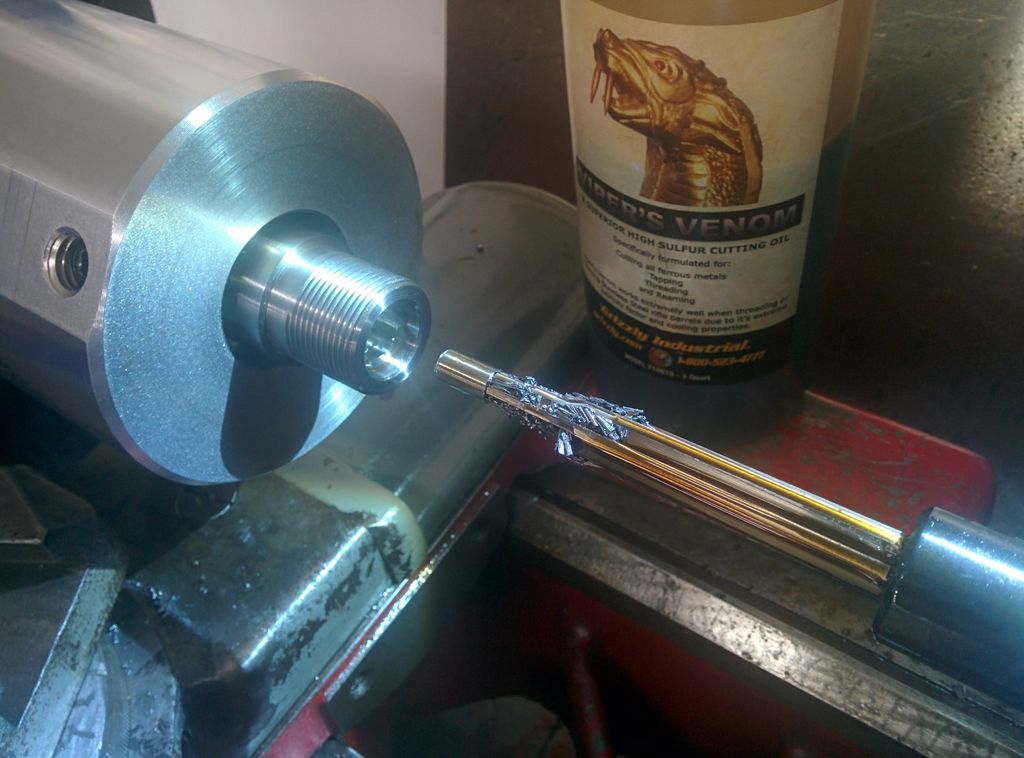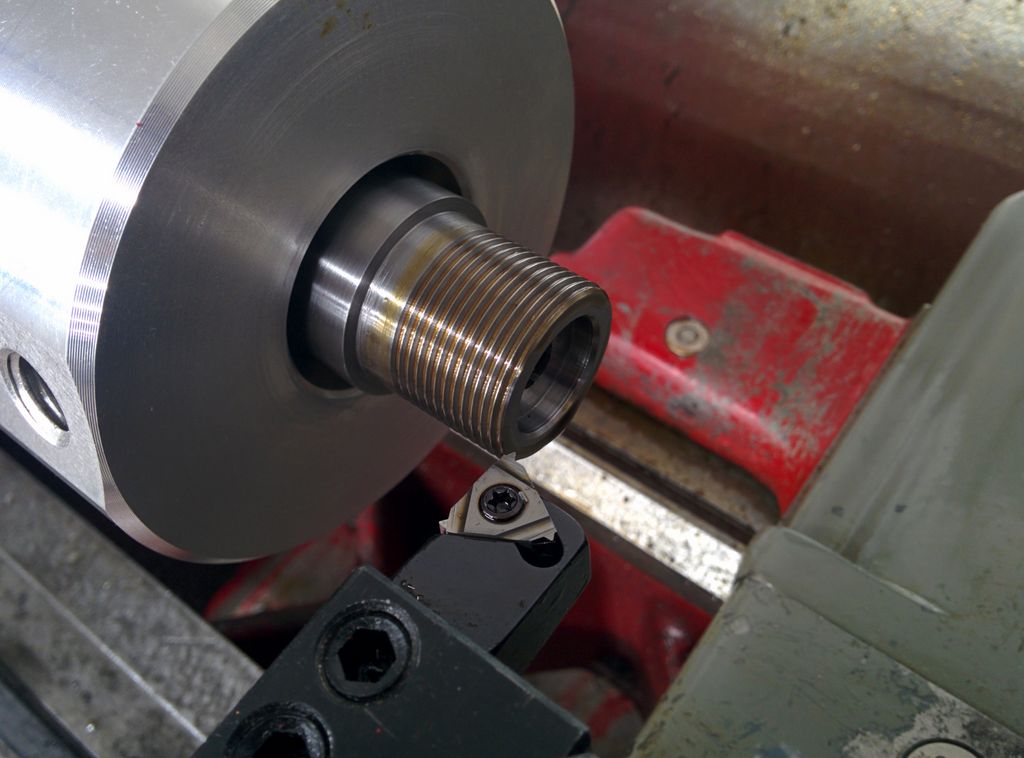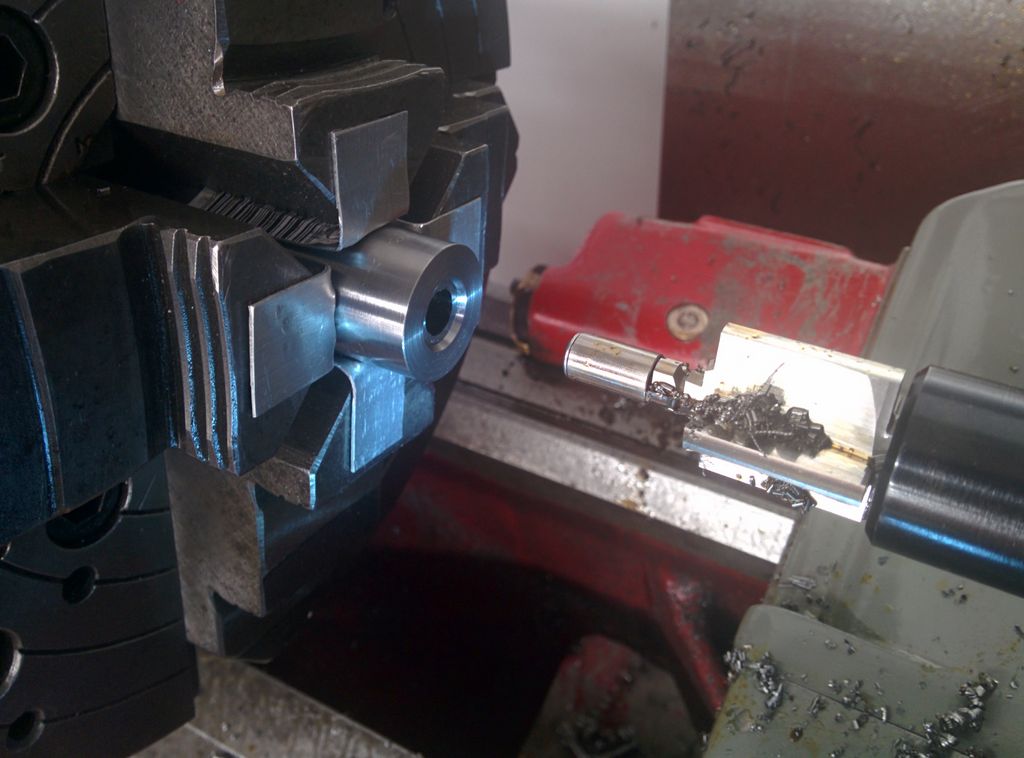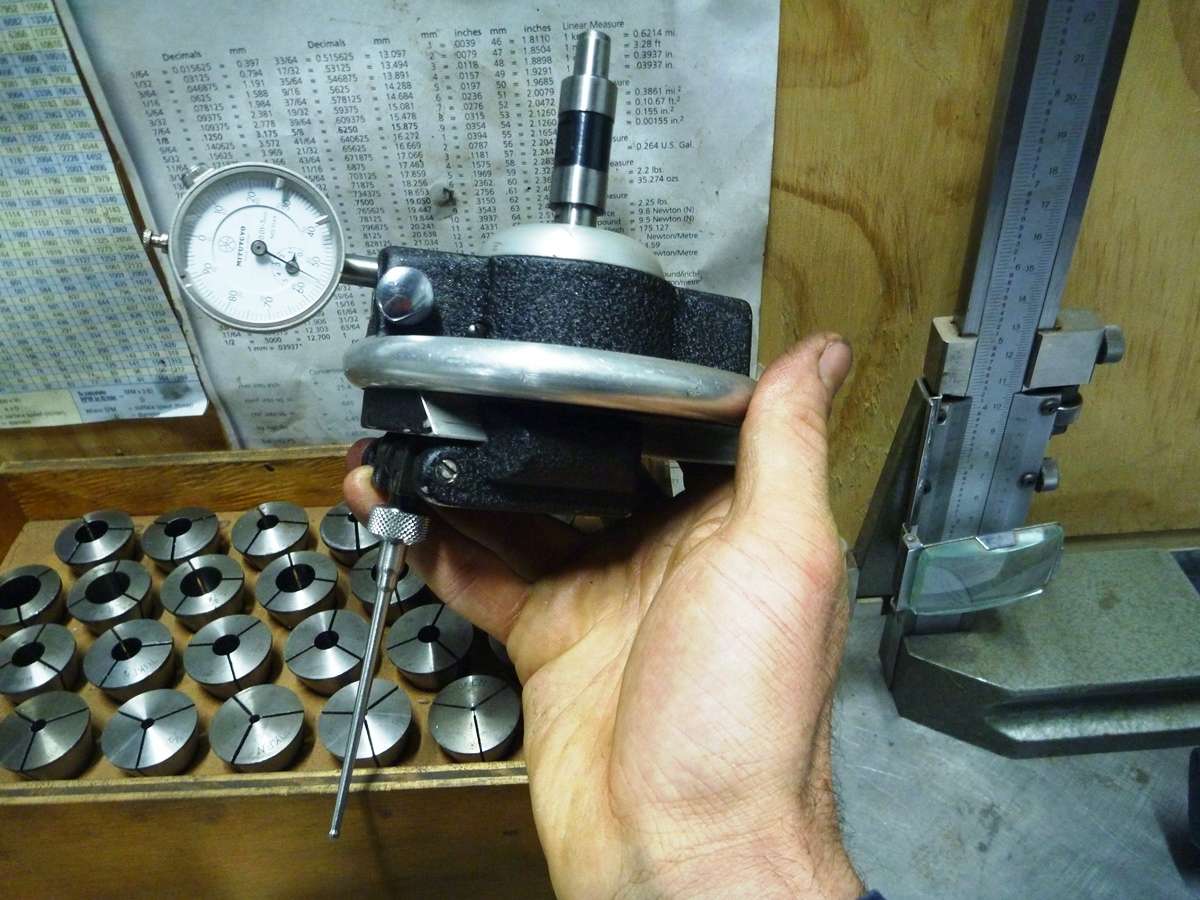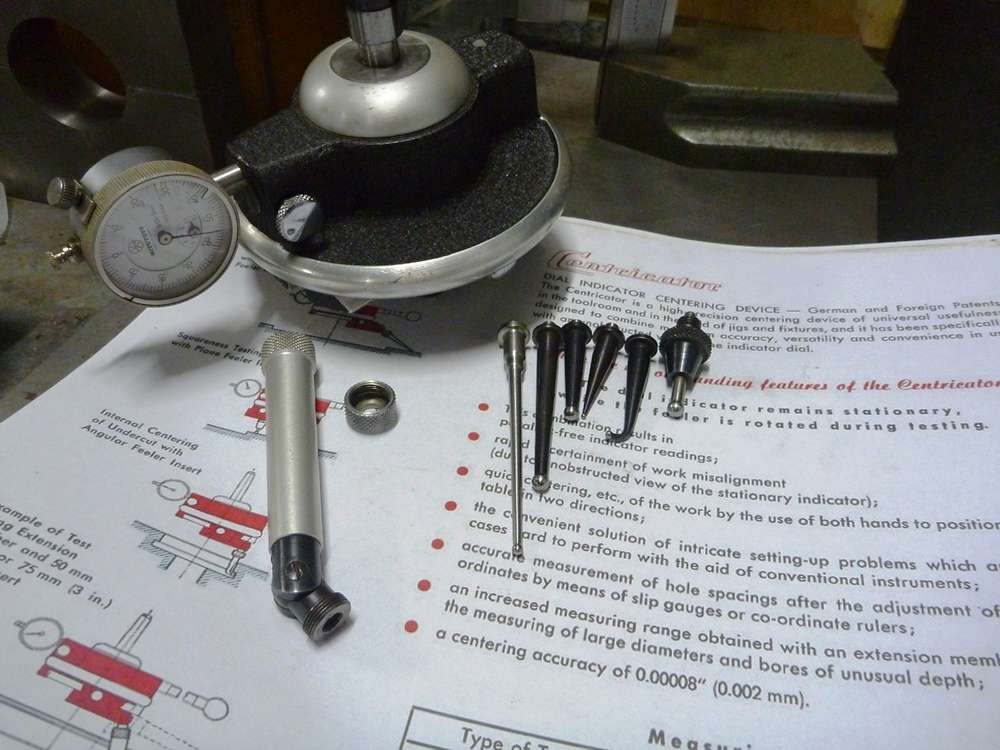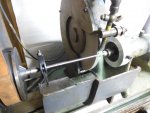First, Id like to pose the question, what is the difference between and indicating rod and a ranging rod? All the ones Ive used are cal specific, take bushing and are ~6" long....
Secondly, why would I ever need either of the two when I can use a Grizzly? For the purpose of dialing in the bore on a spider chuck, extra length = wider spacing between indicators = more resolution....
Not to mention, on a chambered barrel, 6" of ranging rod might hang out 1". Not nearly enough to indicate on.
Also, does anyone have a vendor that sells all 3 Grizzly Rods other than PTG?
Secondly, why would I ever need either of the two when I can use a Grizzly? For the purpose of dialing in the bore on a spider chuck, extra length = wider spacing between indicators = more resolution....
Not to mention, on a chambered barrel, 6" of ranging rod might hang out 1". Not nearly enough to indicate on.
Also, does anyone have a vendor that sells all 3 Grizzly Rods other than PTG?



